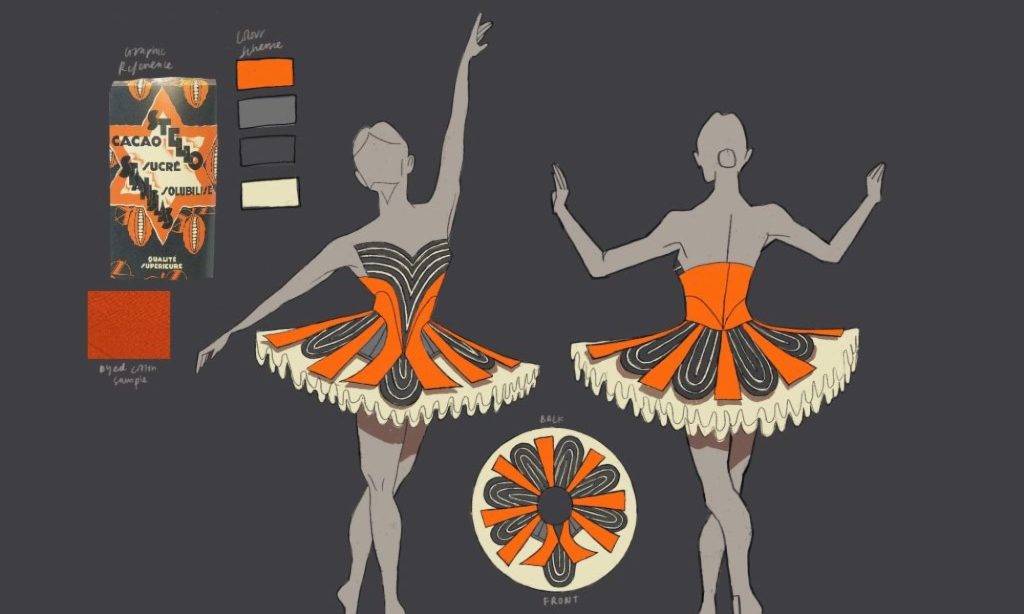We know little of dance in the Medieval period other than what can be understood from surviving illustrations and written music/literature. Paintings show dancers moving in either lines or circles, known as a carole/farandole dance. Such dances would have followed a verse and chorus sequence. Estampie, believed to be one of the earliest known solo couples dance can be seen in some of the illustrations from this era along with branle, a dance that can be found in late 16th century sources. Music through the Middle Ages is known to have lively rhythms with poetry speaking of how singers sung in the same breath.
Costumes worn in Medieval dance varies according to class. Upper class men and women would have worn dramatic and vibrant gowns made with luxurious materials such as silk, some of these costumes would have been sleeveless while others would have long, billowing sleeves for a dramatic effect when moving their arms in dance. Women would have also worn corsets under their dance attire in addition to headdresses that were worn for social occasions. Unfortunately little known is known of the dancewear for more common folk as it is mainly the wealthy that are depicted in portraits/paintings.

Dancing shepherds, from the Hours of Charles d’Angoulême, 1475-1500, via Medieval Dance Online 
Lancelot at the Carole Magique, Lancelot du Lac, c. 1470, via Medieval Dance Online
